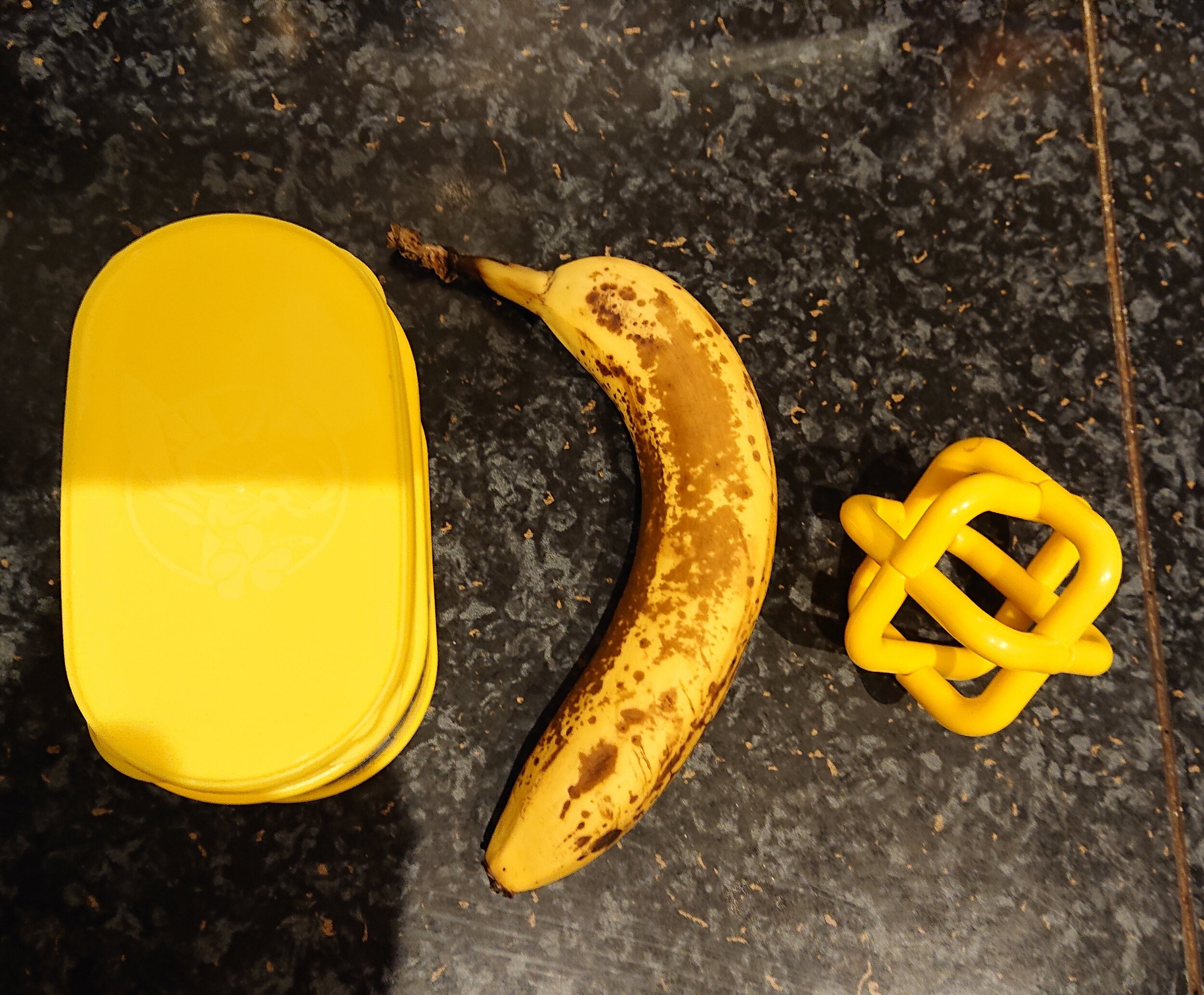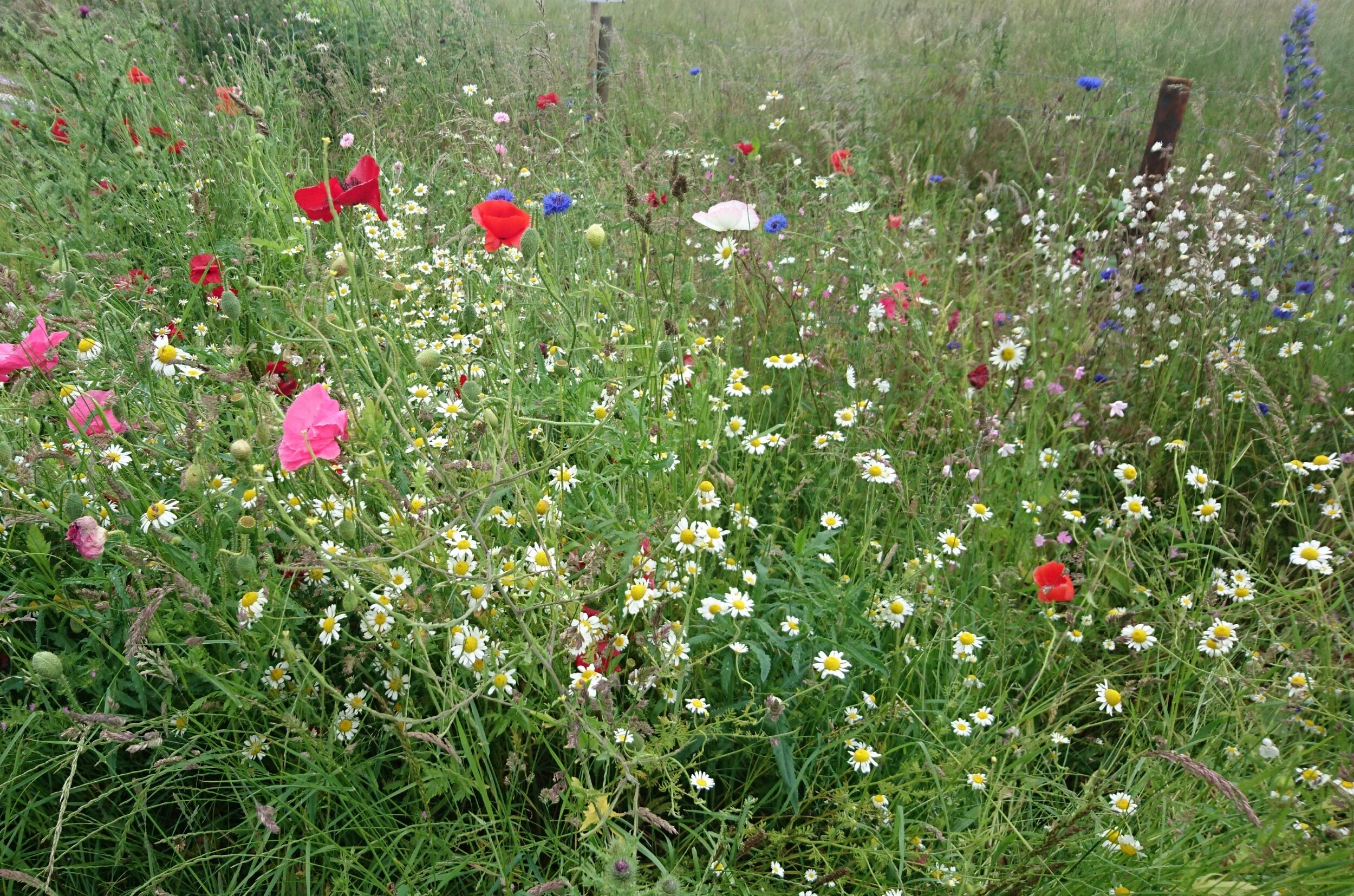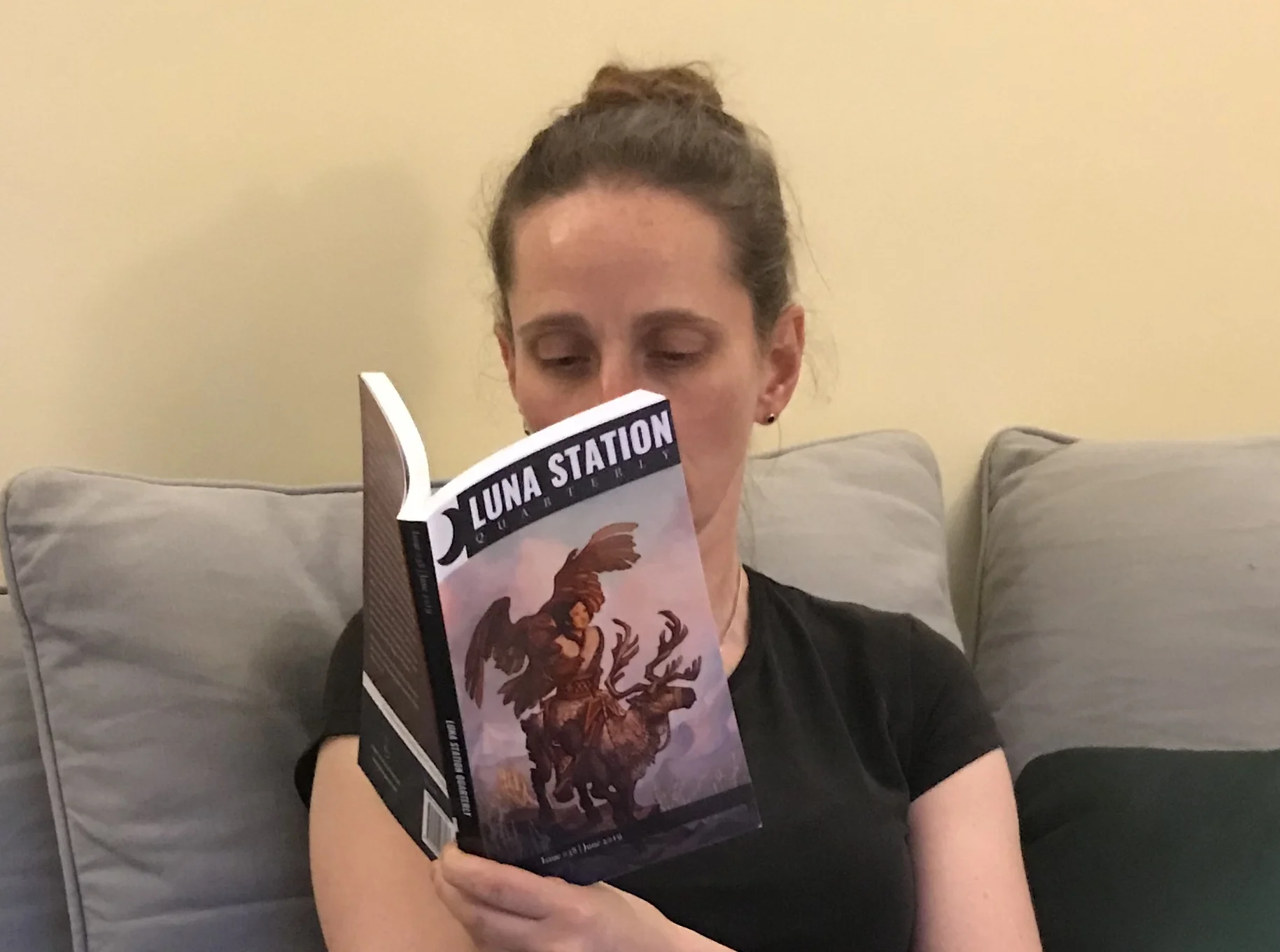When I was growing up, my parents (being right-thinking types) kept me well supplied in scrap paper and crayons. My mother was a journalist and - since most press releases at the time arrived as hard copy, printed one side only - she brought home stacks of the things, and turned them over to me to draw on.
I cheerfully motored through the paper, dimly aware that other people’s drawing paper didn’t have announcements and product copy and recipes printed on the back. I also learned the word “pressrelease” with absolutely no idea what it was, beyond something that was a good start for a picture.
And at some point I was struck by a sudden realisation: my drawings didn’t have printing on the back. The printing was, in fact, intended to be the important part. The printing was the front. I was drawing on the back. To a small child, this was an absolutely world-shattering discovery.
I still regarded the pictures as the important part, of course. But every so often I’d turn the page over, look at the printing on the back, and remind myself that some people thought that was the front.
During lockdown, one of my highlights has been the weekly Saturday-afternoon Skype call with friends. We’ve been slowly working our way through the Puzzled Pint archive of puzzles, doing our best to adapt to solving them remotely but collaboratively. Despite some sterling on-the-fly PDF-editing from the people with graphics tablets, I still find it surprisingly hard to solve anything at all without a paper version to hand. There has, accordingly, been quite a lot of printing going on.
When I needed scrap paper for scribbling anagrams and ciphers, of course I turned one of the puzzles over and wrote on the back. Ditto for notes, to-do lists, shopping lists, recipes… so much so, that I was surprised to discover that a first draft of a piece of creative non-fiction had puzzles printed on the back.
You may have noticed that both sides are now the back. And, conversely, both are the front.
Stay flexible.



















